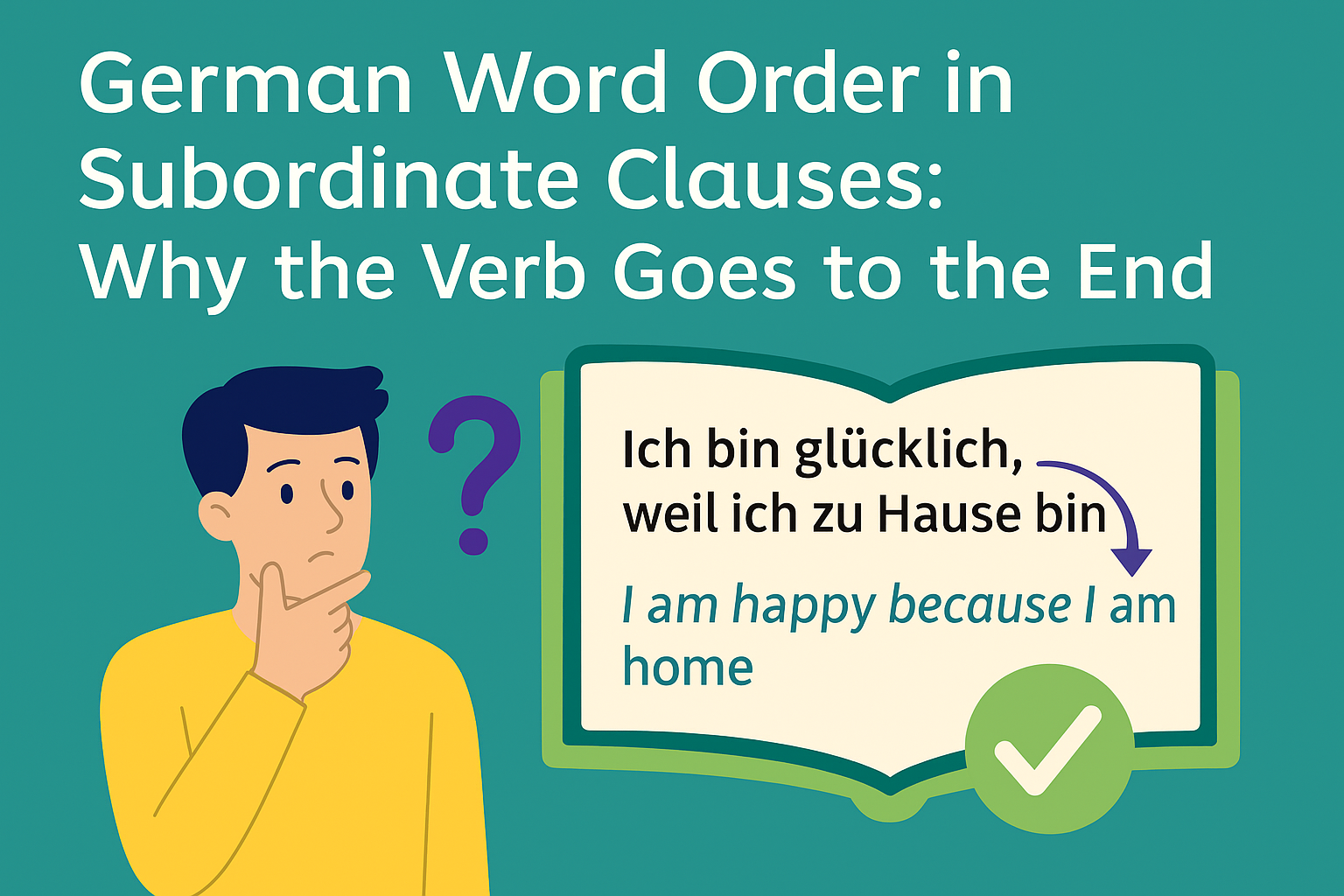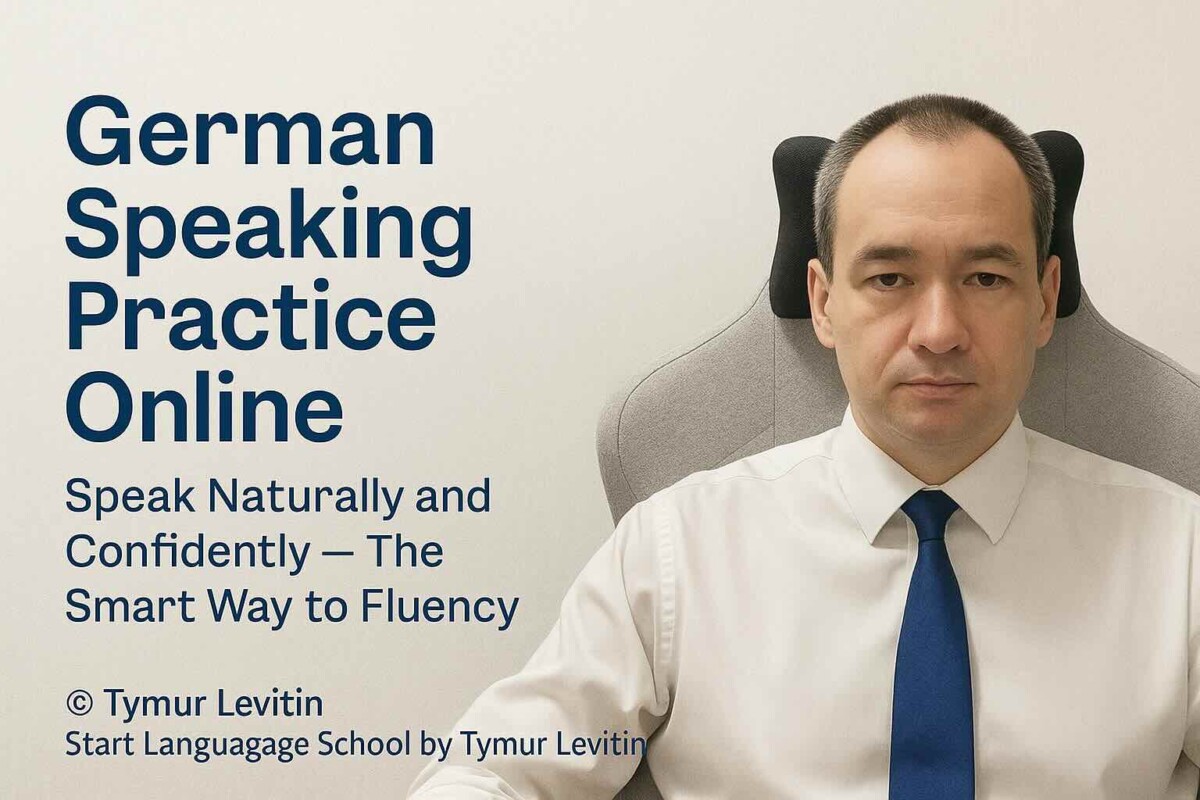The Myth: German is Just Rigid Grammar
Many language learners give up on German because they believe the word order is too strict, too mathematical, or simply unnatural. They memorize rules, charts, and verb positions, only to end up confused when those rules seem to fall apart in real conversations.
But what if the problem isn’t the language — but how it’s taught?
In this article, we’ll go beyond the surface and explore why German word order actually makes sense — and how understanding why things are structured the way they are leads to fluency faster than memorizing what goes where.
Real Speech is Structured Emotion
At Levitin Language School, we teach that word order is not just grammar. It’s logic. It’s emotion. It’s rhythm. Just like in music, the structure of a sentence helps the listener feel what is important. And in German, the word order is a key tool for creating this feeling.
Take this simple sentence:
Ich habe heute Deutsch gelernt.
(I have learned German today.)
Why is the verb split? Why is “heute” in the middle? Can we say it differently? Yes — but each version puts a different spotlight on a different word.
Heute habe ich Deutsch gelernt.
Deutsch habe ich heute gelernt.
Each variation is correct, and each shifts the focus.
This is not just grammar — it’s expression. It’s what we call spoken architecture.
The Architecture of Meaning
German has a flexible structure with a fixed skeleton:
- The finite verb (conjugated) is in position two in main clauses.
- The non-finite verb(s) go to the end.
- The first position is a place of emphasis.
This means that you, the speaker, are free to decide what’s most important:
- If when matters, put the time first.
- If what matters, put the object first.
- If who matters, begin with the subject.
You’re not just forming a sentence. You’re building a message.
Teaching Through Function, Not Form
Too often, students are told, “Just memorize the rule.” But rules are dead without meaning.
That’s why in our lessons, we don’t stop at where the verb goes. We ask:
- What effect does it have?
- How does the structure change the tone?
- What happens if we move this word?
We don’t teach templates — we teach thinking. Because when a student understands the purpose behind the order, the order becomes natural.
Not Just for German
This method works across languages. Whether you’re learning English, Spanish, Ukrainian, or Hebrew — structure reveals intention. At our school, we don’t teach grammar for its own sake. We teach communication.
Because our mission is not to impress you with rules — it’s to empower you to speak freely.
Learn with Tymur Levitin
This article reflects the teaching philosophy of Tymur Levitin — founder, linguist, and practicing translator. Every lesson at Levitin Language School is built on real communication, cross-language comparison, and a belief that every student deserves to understand why, not just how.
Category: German Grammar, Language Philosophy
Copyright: © Tymur Levitin. All rights reserved. Intellectual property of the author.
School: Start Language School by Tymur Levitin | Levitin Language School
Website: https://levitinlanguageschool.com
























